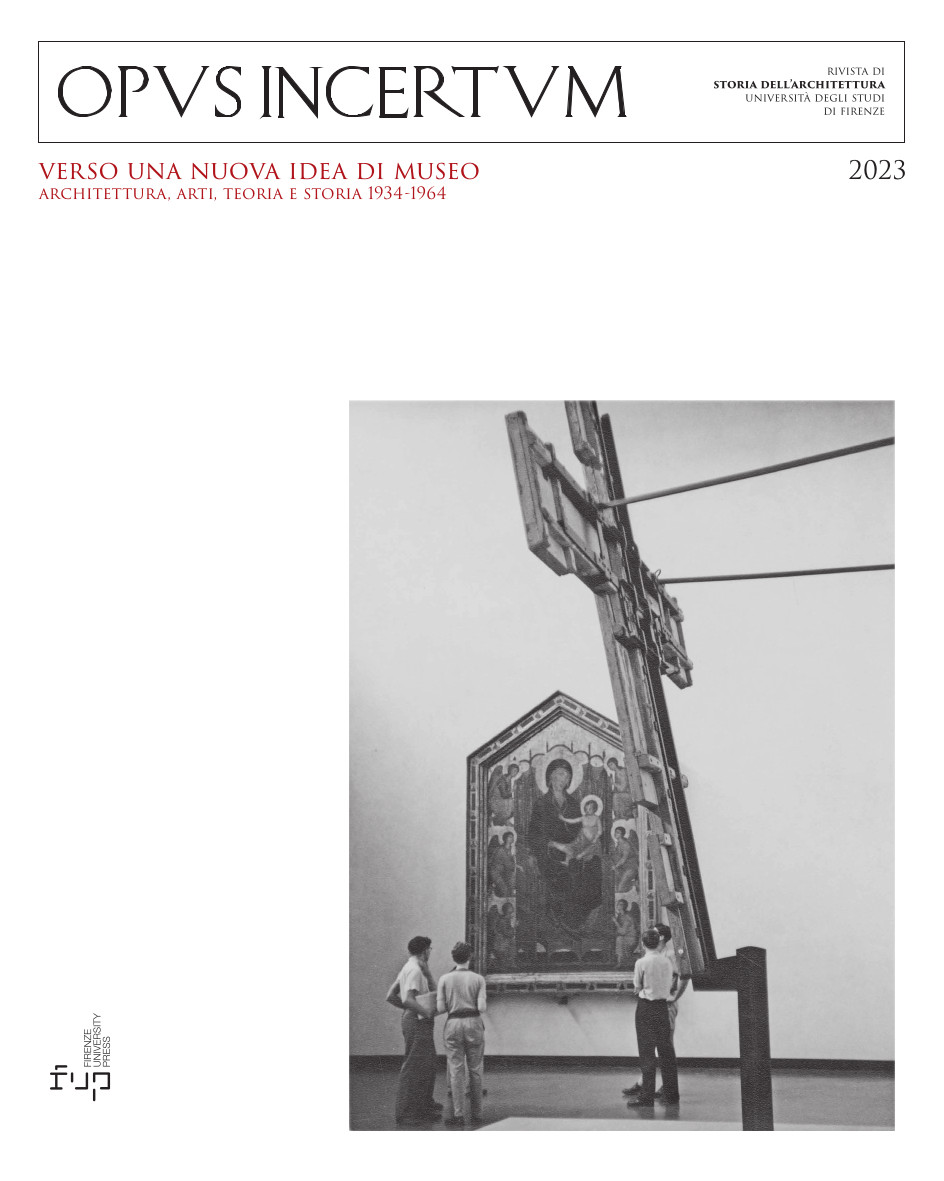Lo sguardo di Thérèse Rivière al Musée de l’Homme di Parigi. Le “tecniche del corpo” per il capovolgimento del paradigma coloniale (1928-1946)
Published 2023-12-13
Keywords
- Coloniality,
- Musée de l’Homme,
- Ethnographical methodology,
- Body techniques,
- Othering
How to Cite
Copyright (c) 2023 Anna Chiara Cimoli

This work is licensed under a Creative Commons Attribution 4.0 International License.
Abstract
The article describes the work of ethnographer Thérèse Rivière (1901-1970) at the Musée d’Ethnographie du Trocadéro, later Musée de l’Homme, in Paris. Analysing the scholar’s contribution, in particular the method she adopted during her fieldwork in Algeria among the Amazigh populations and its subsequent impact on the museum, the essay brings to light not only a half-forgotten profile, but also a relevant page in the history of the Musée de l’Homme. The analysis develops around the themes of gender, distance/proximity to the object of study, and adherence or non-adherence to a normativity imposed from above in the strongly hierarchical structure of the museum. What emerges is the figure of an ethnographer who entrusts relationships and imaginative power with the ability to understand and represent a culture. The collection of photographs, the letters, and the album of the ‘dessins indigènes’ show how her practice was not at odds with an unobjectionable scientific rigour. The long years in a psychiatric hospital, however, also suggest a reflection on the boundaries between truth and fiction, the relationship between sight and mental health, the impact of war and much more to be explored.


